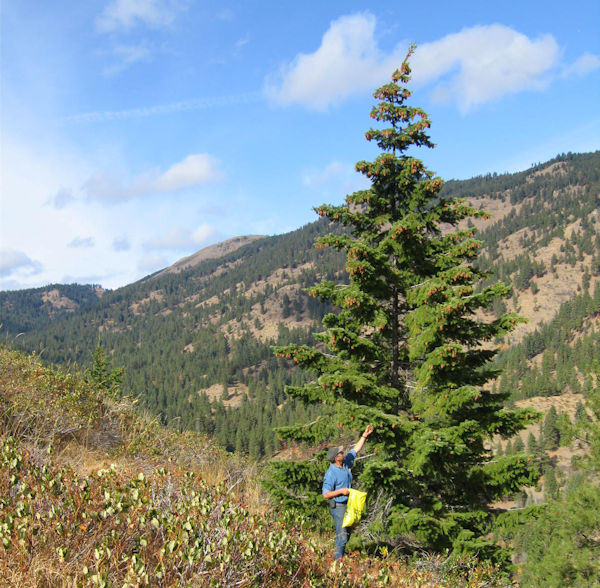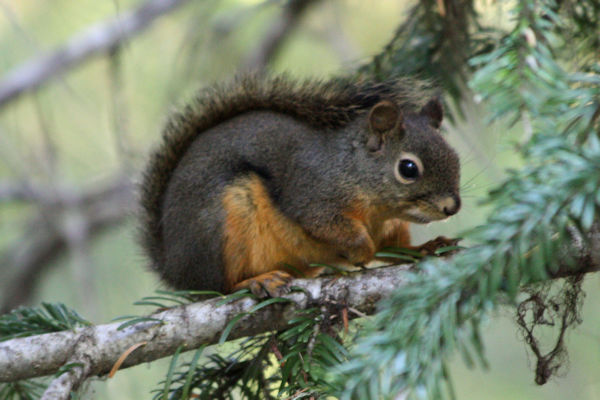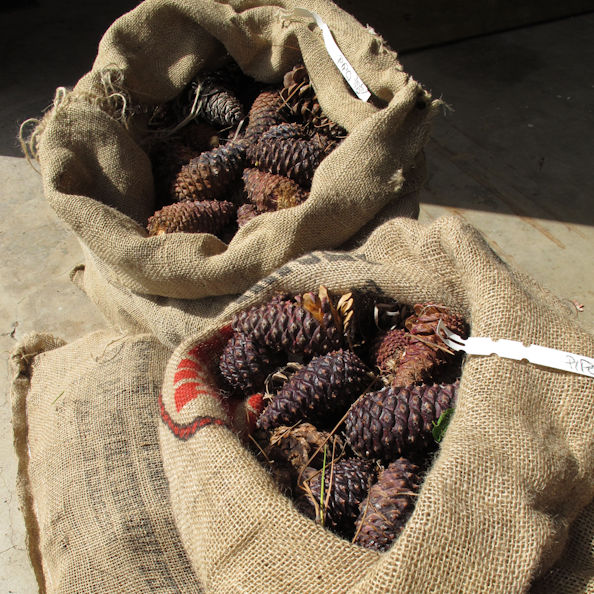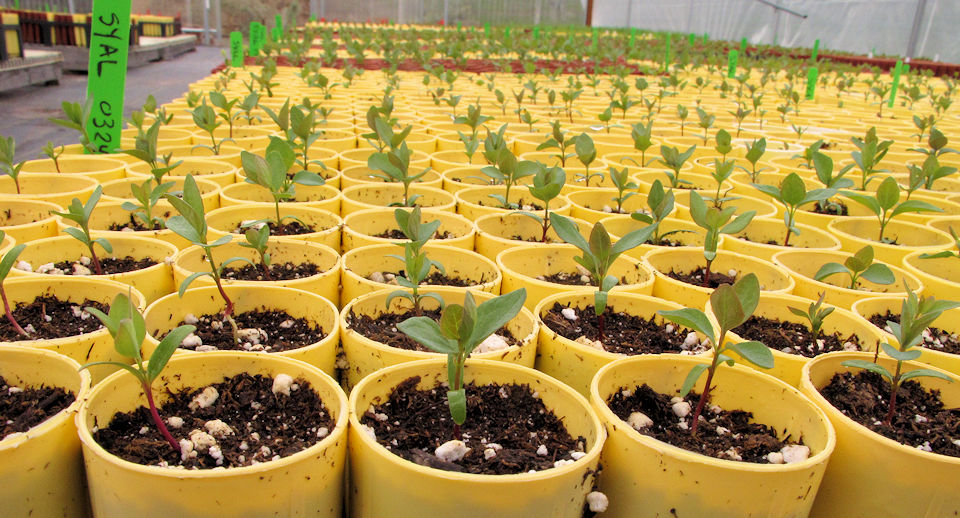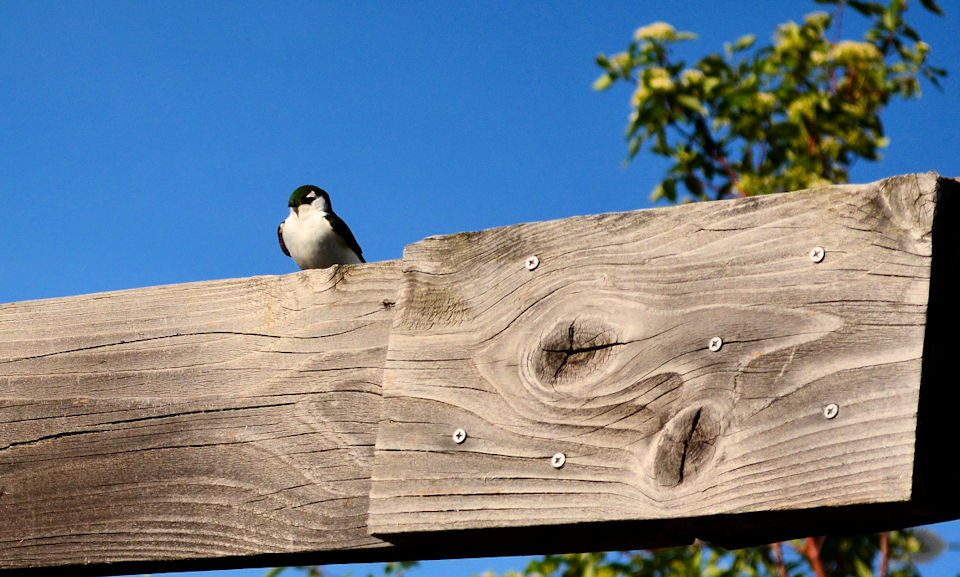Collecting conifer cones… and thinking of wildfire
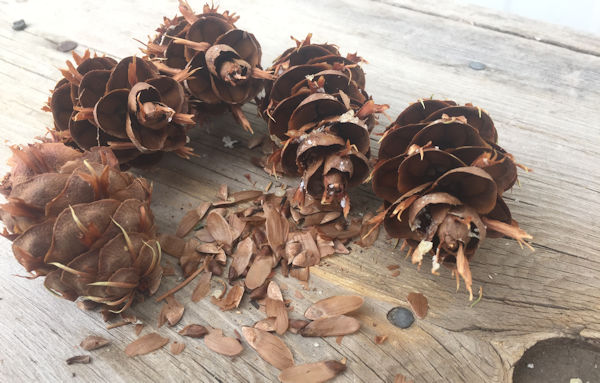
September is the month I collect cones from both Ponderosa pine (Pinus ponderosa) and Douglas fir (Pseudotsuga menziesii). I won’t sow the seeds for a few months yet but I need to get the cones before the seeds are dispersed. Doug fir cones I can usually harvest from low hanging branches while still closed. The pine cones, however, are borne too high in the tree for this approach so I count on help from a friend, the Douglas squirrel (Tamiasciurus douglasii).
The Douglas squirrel cuts the ripe but unopened cones from the tree and tosses them to the ground for later retrieval and storage in a buried cache. They “allow” me to collect a portion of this harvest for my own purposes. In exchange, I let squirrels nest in my garage and eat the table grapes over my deck, making a mess in both places.
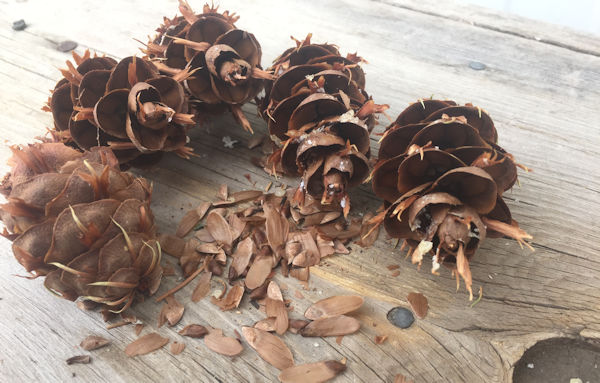
I collect Ponderosa pine and Douglas fir seed from several elevations, always including low elevation sites near the limit of their range (1000 to 1400 feet). This seed source is not usually found in trees grown in large conifer nurseries. Trees from this seed should be better adapted to hotter and drier sites, conditions that are becoming more common with climate change.
Ponderosa pine cones to be dried, which opens the cones and releases the seeds
This has been a bad wildland fire season in North Central Washington as well as much of the West. The exceptionally hot and dry year has been a factor, as well as the dense forest and build up of fuels that have resulted from a century of fire suppression. The health, and even existence, of our dry side forests and adjacent communities will require more active forest management, including thinning and prescribed burns, to limit the destruction from the wildfires that will always be with us.
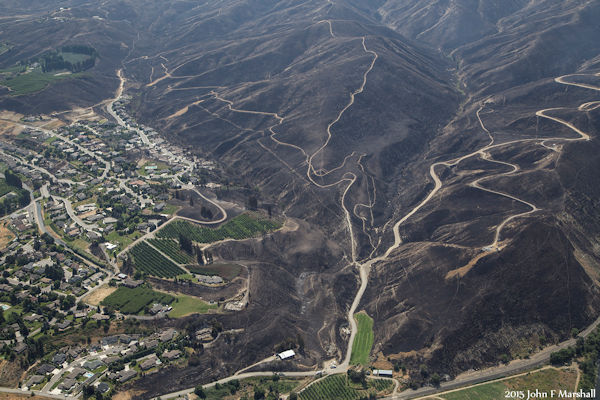
There is an excellent exhibit that recently opened at the Wenatchee Valley Museum and Cultural Center in Wenatchee entitled “Wildfires and Us”. Running though early November, it showcases the history of wildfire in our region and the challenges we face now and in the years ahead. It is very enlightening and features great photographs by my friend, John Marshall; by all means, see it!
